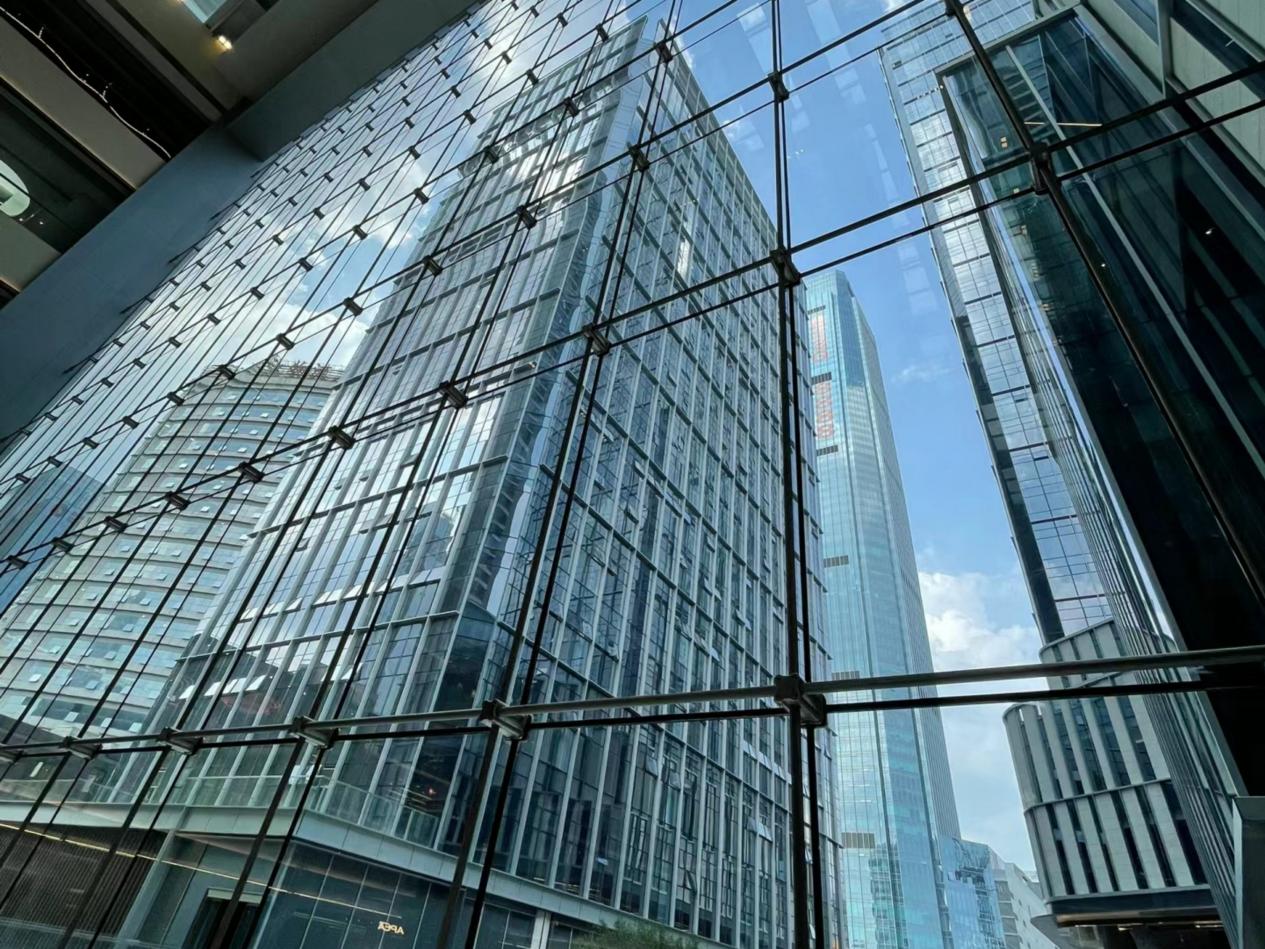Glass curtain walls are more than just a stylish feature in modern architecture; they effectively blend functionality with visual appeal, making them an essential part of contemporary building design. There are four main types: Exposed Frame, Hidden Frame, Semi-concealed Frame, and Point-supported Glass Curtain Walls. .
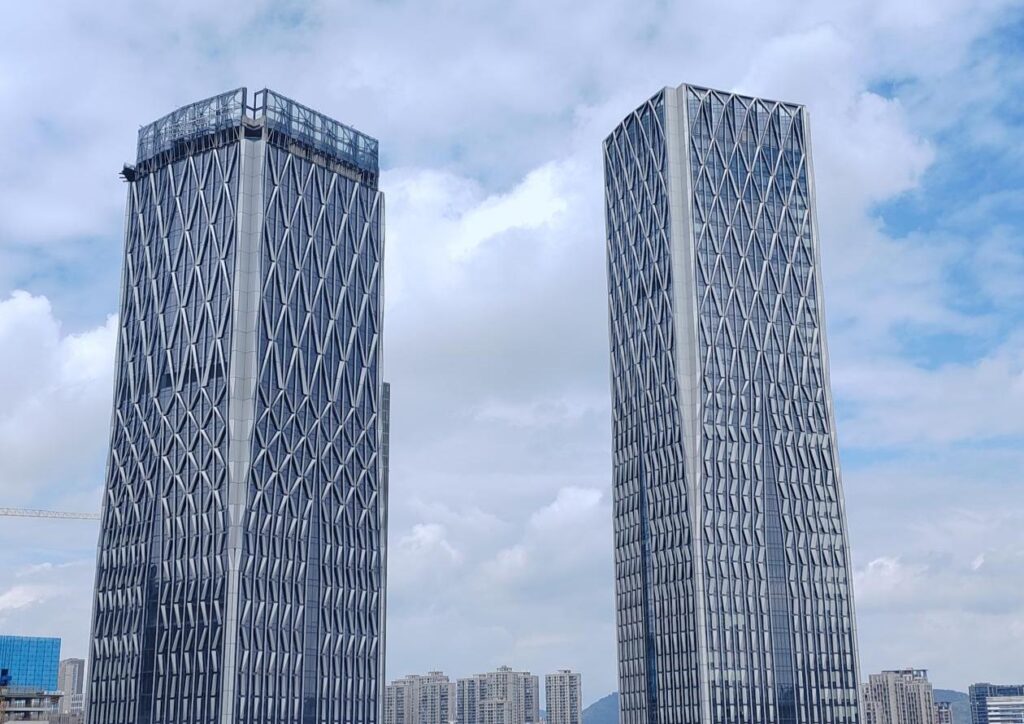
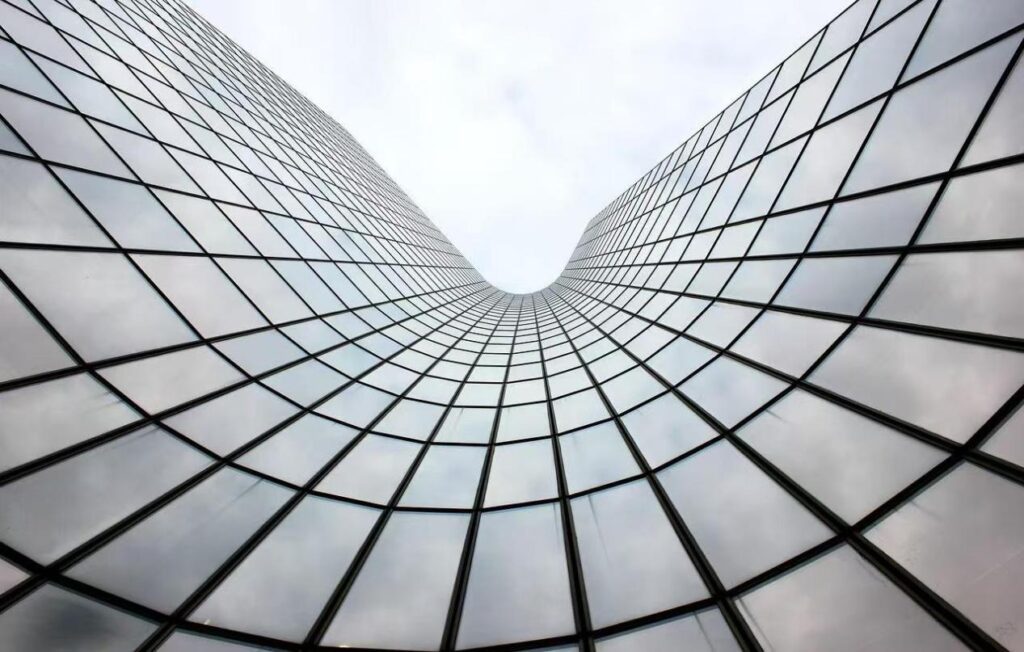
Exposed Frame Glass Curtain Wall: Simple and Effective
The Exposed Frame Glass Curtain Wall system is straightforward and practical. The visible frame holding the glass not only makes construction simpler but also allows for easier maintenance down the road. It becomes an ideal choice for office buildings, shopping malls and other locations where both budget and durability matter.
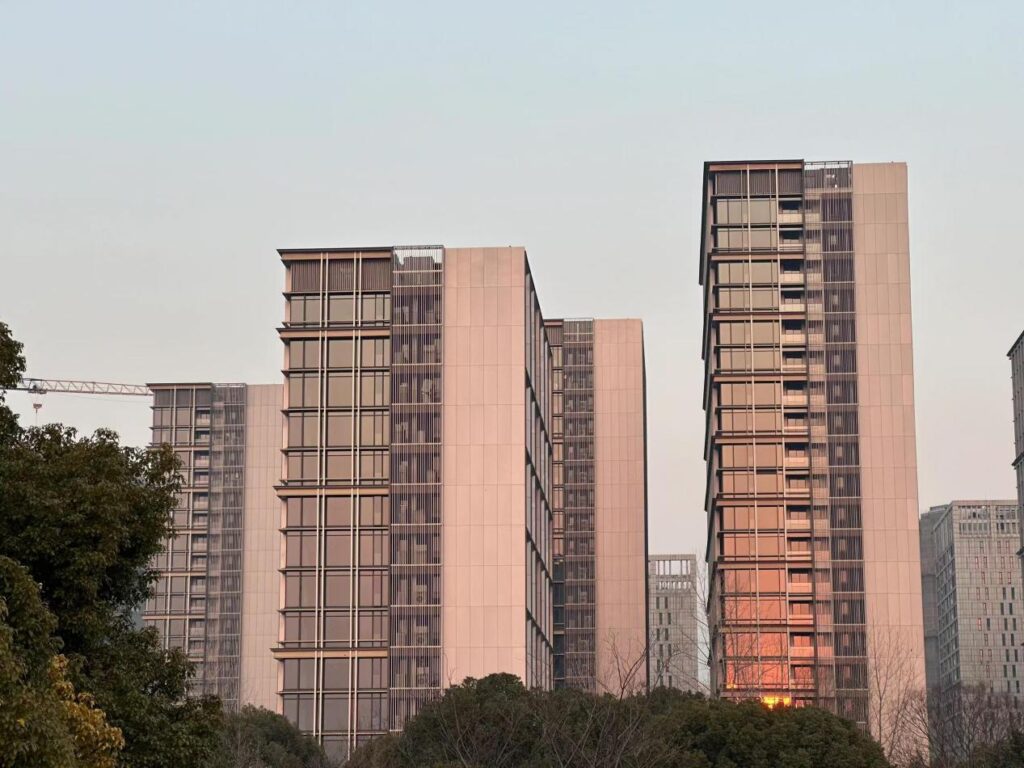
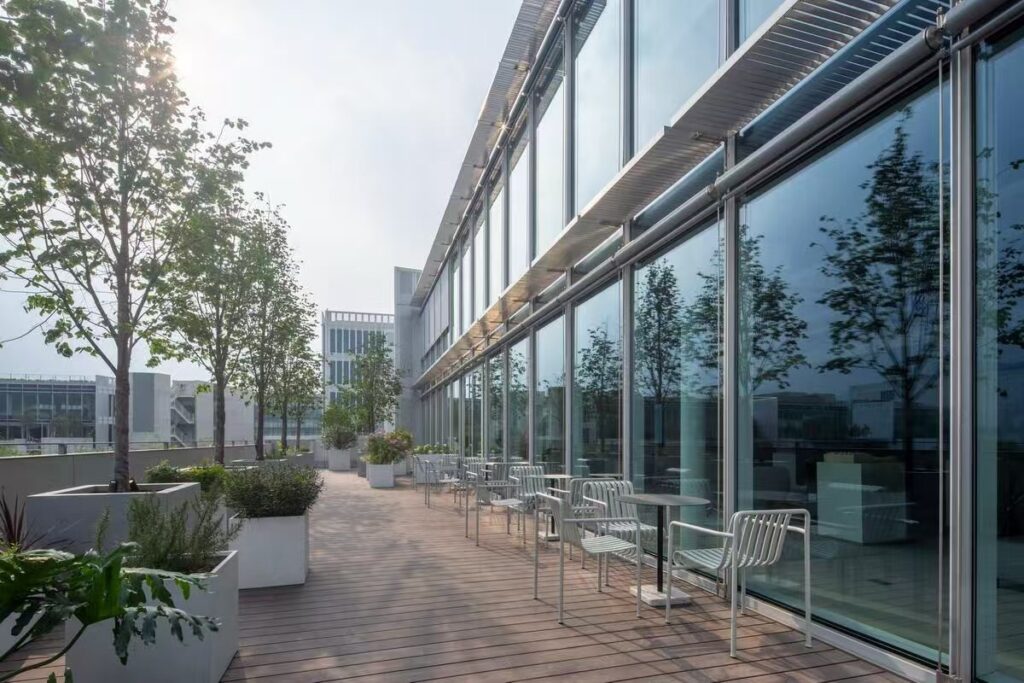
Why It Works
Ease of use: Its simple design translates to faster, more cost-effective construction.
Easy upkeep: The exposed frame allows for quick inspections and easier repairs.
Affordable: Lower materials and labor costs make it budget-friendly.
Versatile: Fits well with a wide range of building styles.
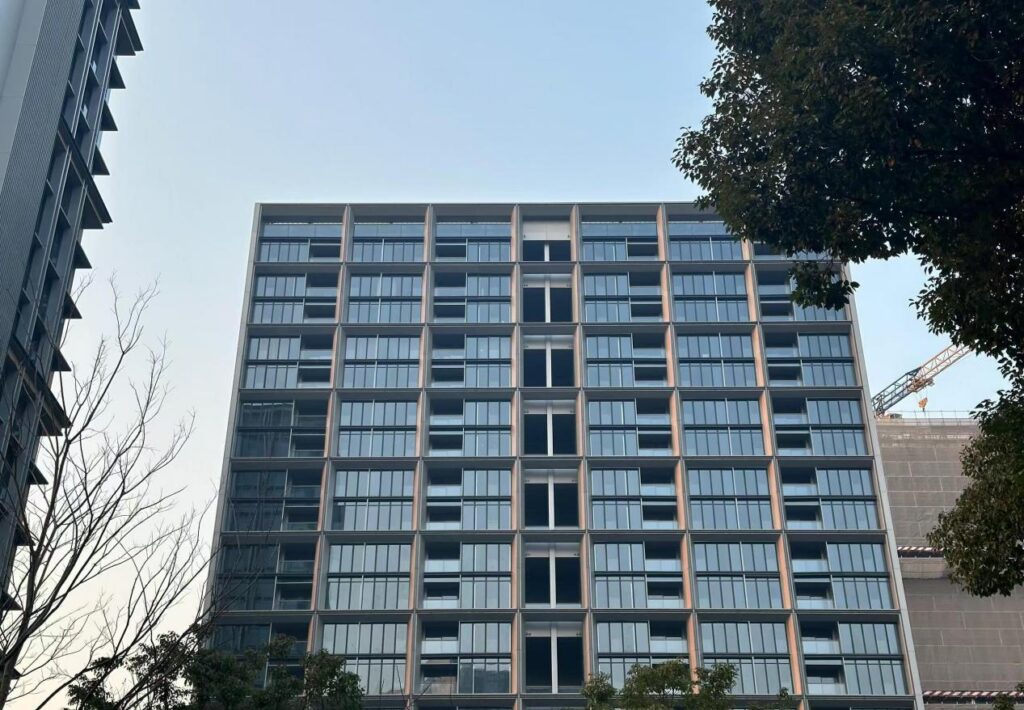
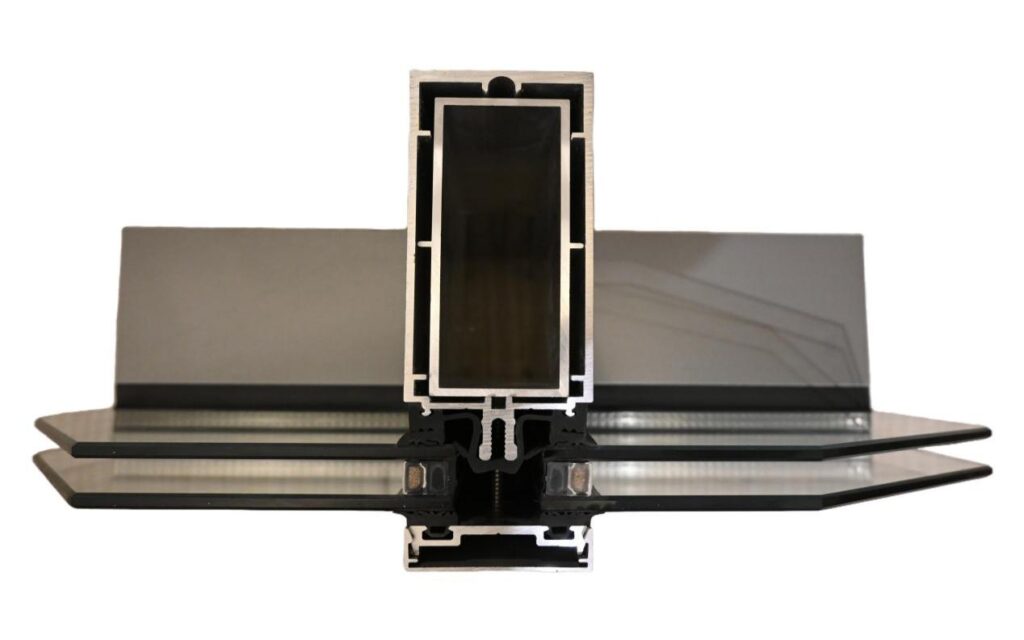
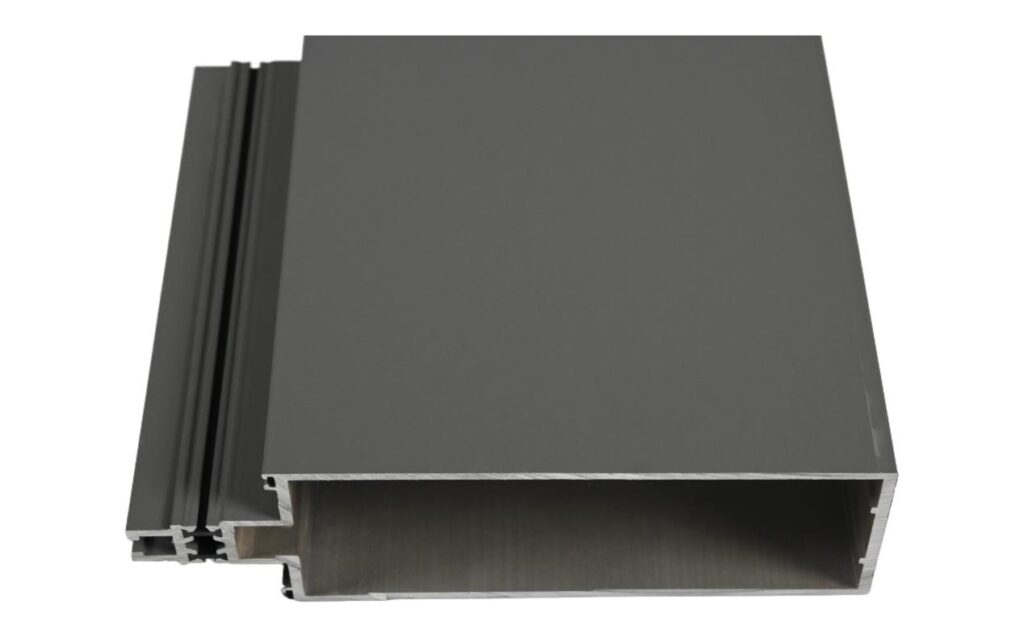
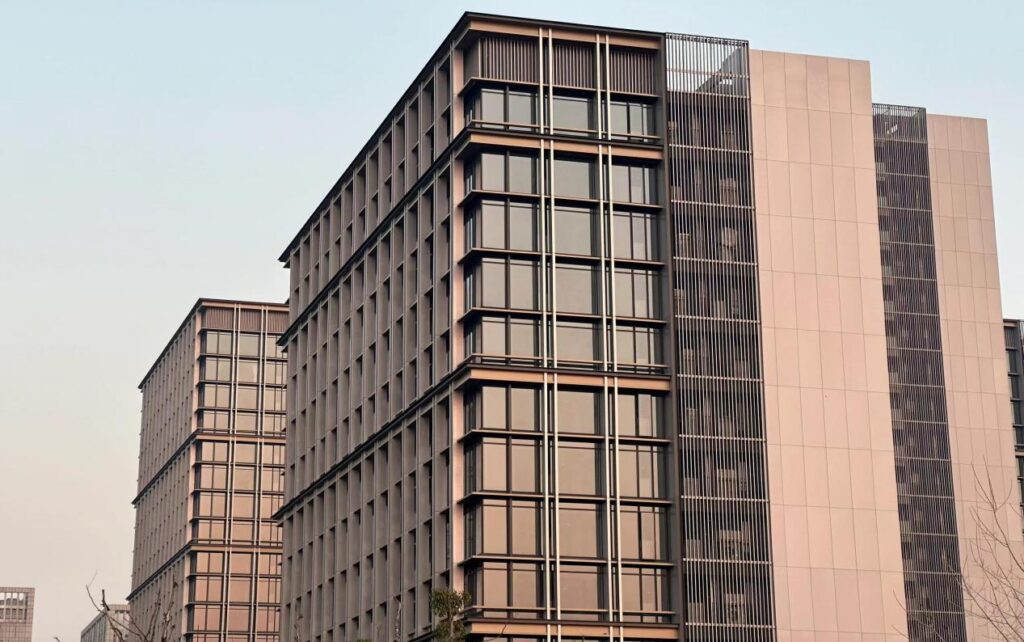
Hidden Frame Glass Curtain Wall: Sleek and Modern
For those seeking a clean, minimalist aesthetic, the Hidden Frame Glass Curtain Wall stands out as the top choice. This system conceals the supporting frame behind the glass, resulting in a seamless, uninterrupted facade that imparts an air of sophistication and contemporary style to any structure. It is especially favored in upscale residential and commercial developments.
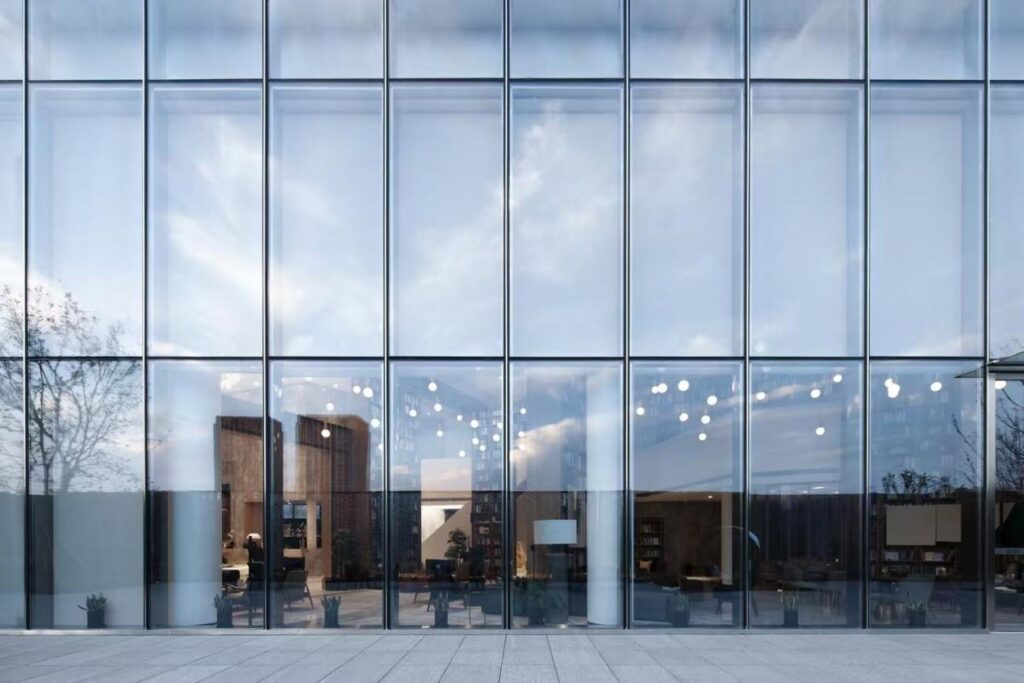
Why It Works
Sleek look: The hidden frame design gives buildings a clean, modern facade.
Enhanced views: With no visible frame, more glass means unobstructed views and increased natural light.
Energy efficient: Often combined with energy-saving glass to reduce heating and cooling costs.
Durable: High-strength materials ensure long-lasting performance.
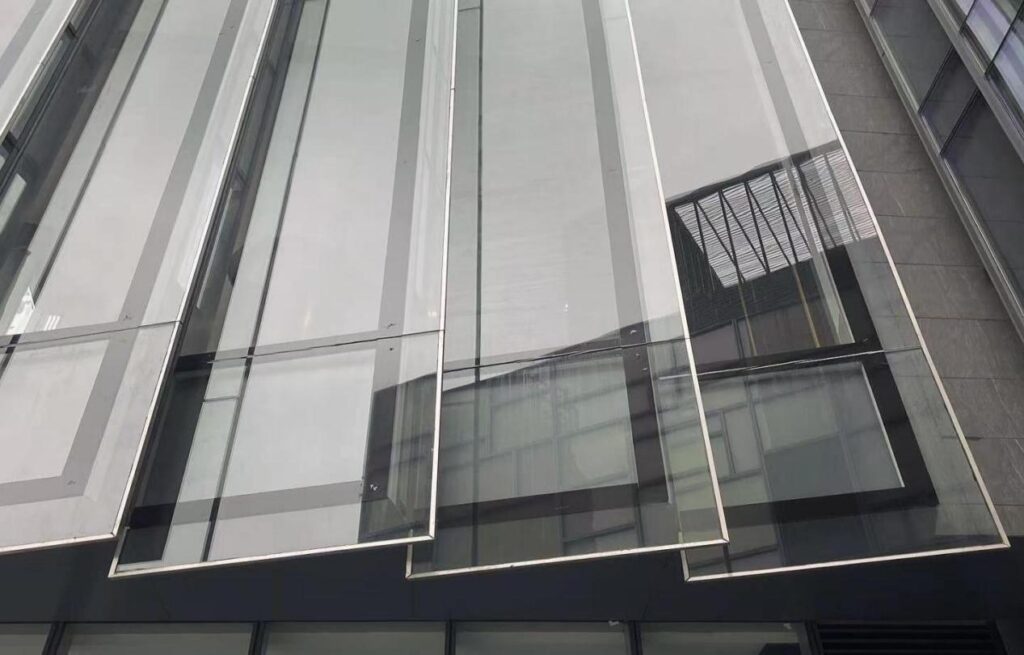
Semi-concealed Frame Glass Curtain Wall: A Balanced Approach
The Semi-concealed Frame Glass Curtain Wall offers the best of both worlds. By partially exposing the frame, it combines the durability and ease of maintenance of exposed systems with the sleek look of hidden ones. This makes it a versatile choice for modern buildings that need both functionality and style.
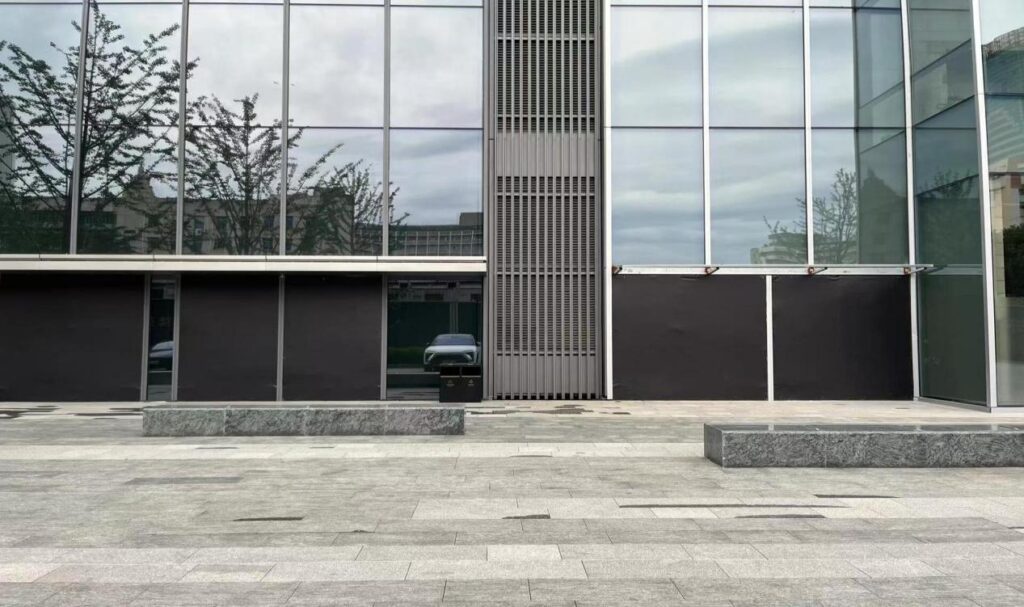
Why It Works
Balanced Design: Offers a mix of modern aesthetics and practical benefits.
Good Visibility: Partially hidden frames mean more glass and better views.
Strong and Stable: The visible frame adds to the structural integrity.
Customizable: Can be tailored to meet specific architectural needs.
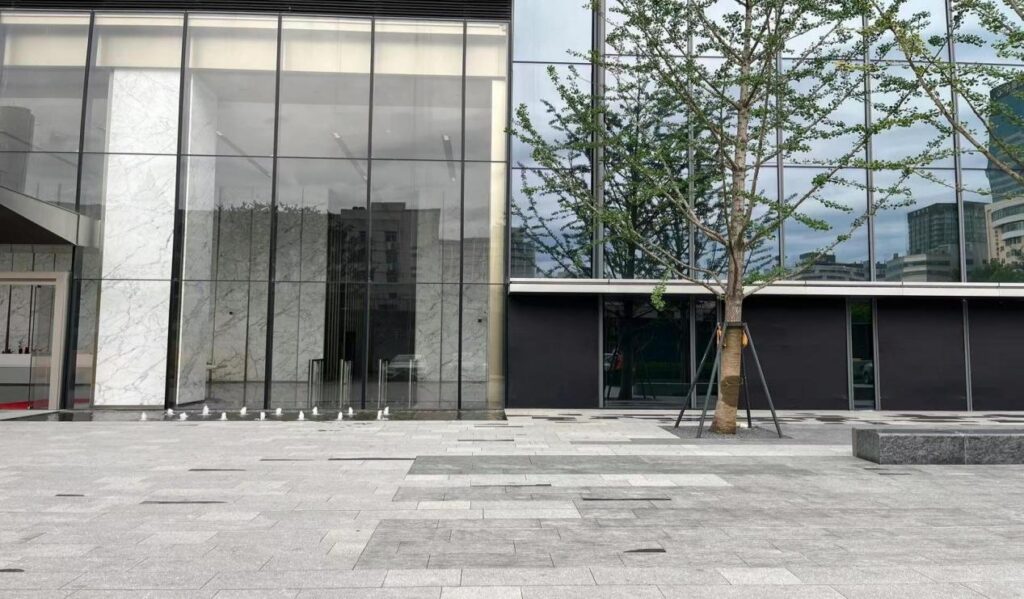
Point-supported Glass Curtain Wall: Transparency at Its Best
For a truly open and airy design, the Point-supported Glass Curtain Wall is the answer. Using small metal fittings to hold the glass in place, this system minimizes visual obstructions, making it perfect for buildings where transparency and natural light are key elements.
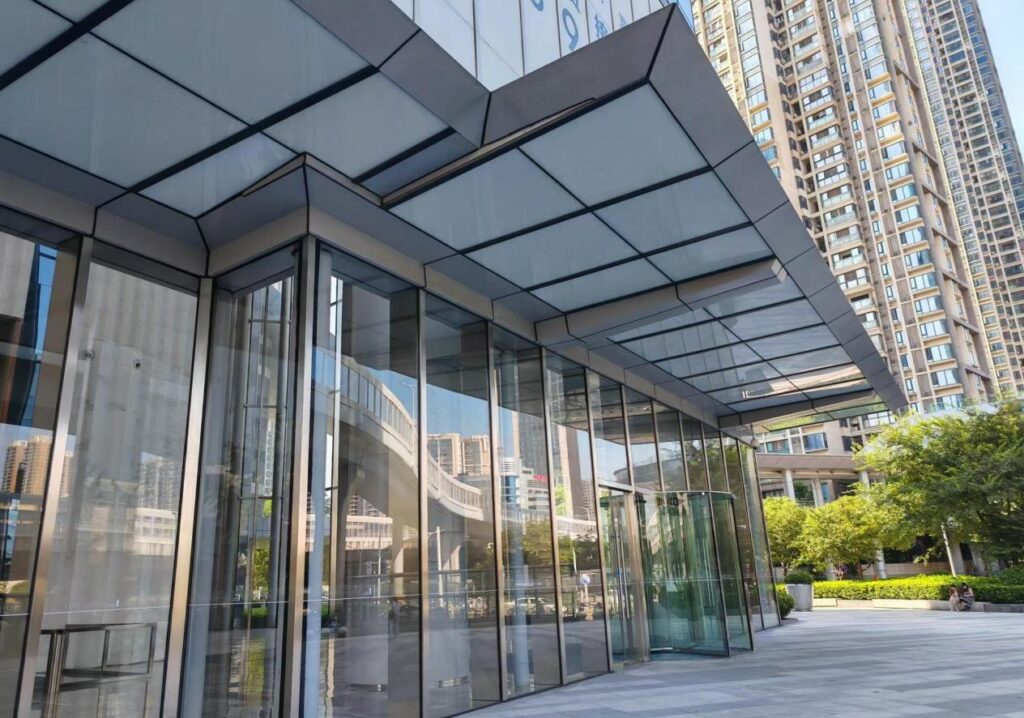

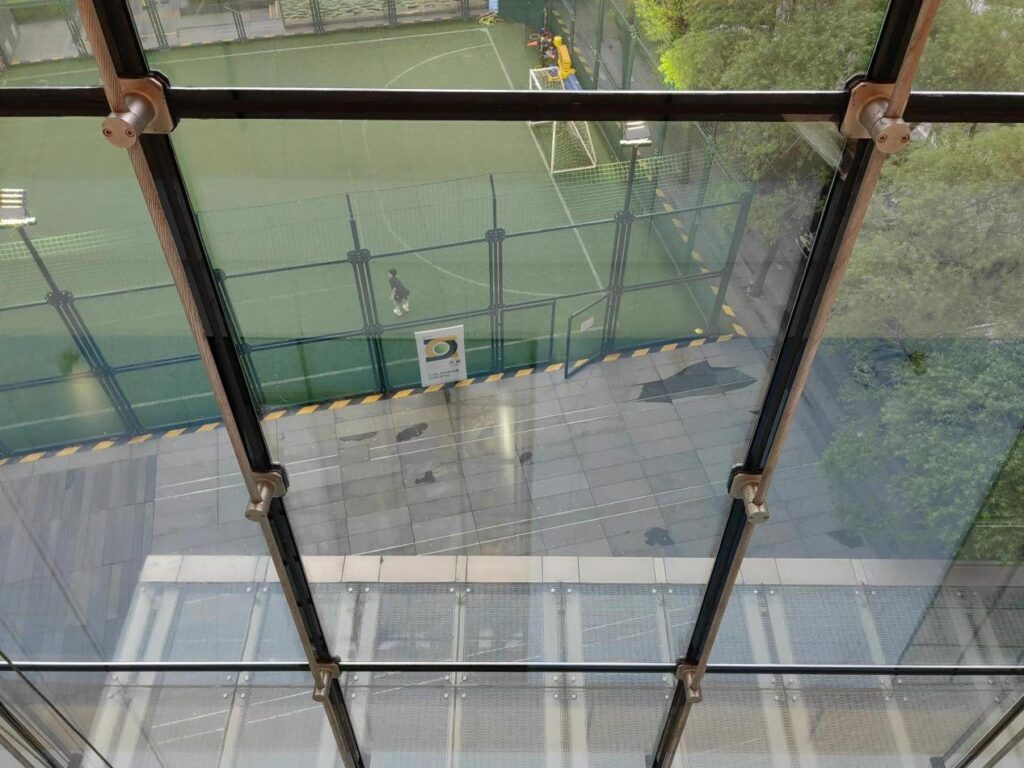
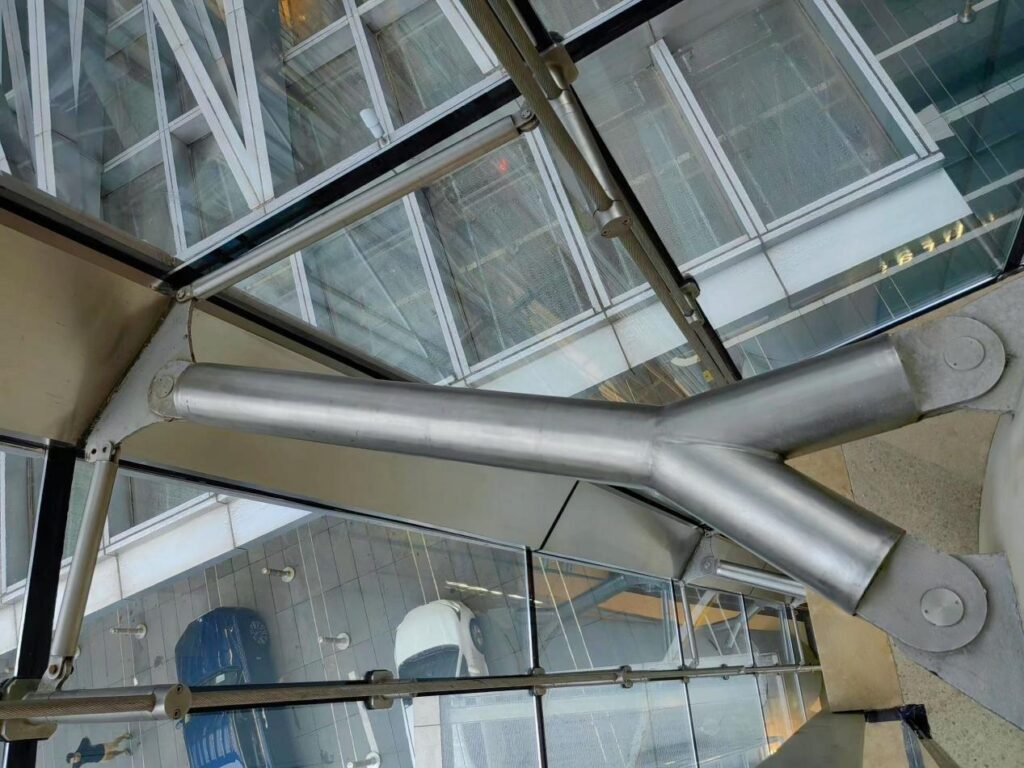
Why It Works
Maximum Transparency: Minimal hardware means an almost entirely glass facade.
Modern Aesthetics: The clean, unobtrusive design complements contemporary architecture.
Flexible Design: Can be adjusted to fit various architectural forms.
Energy Saving: Large glass areas reduce the need for artificial lighting.
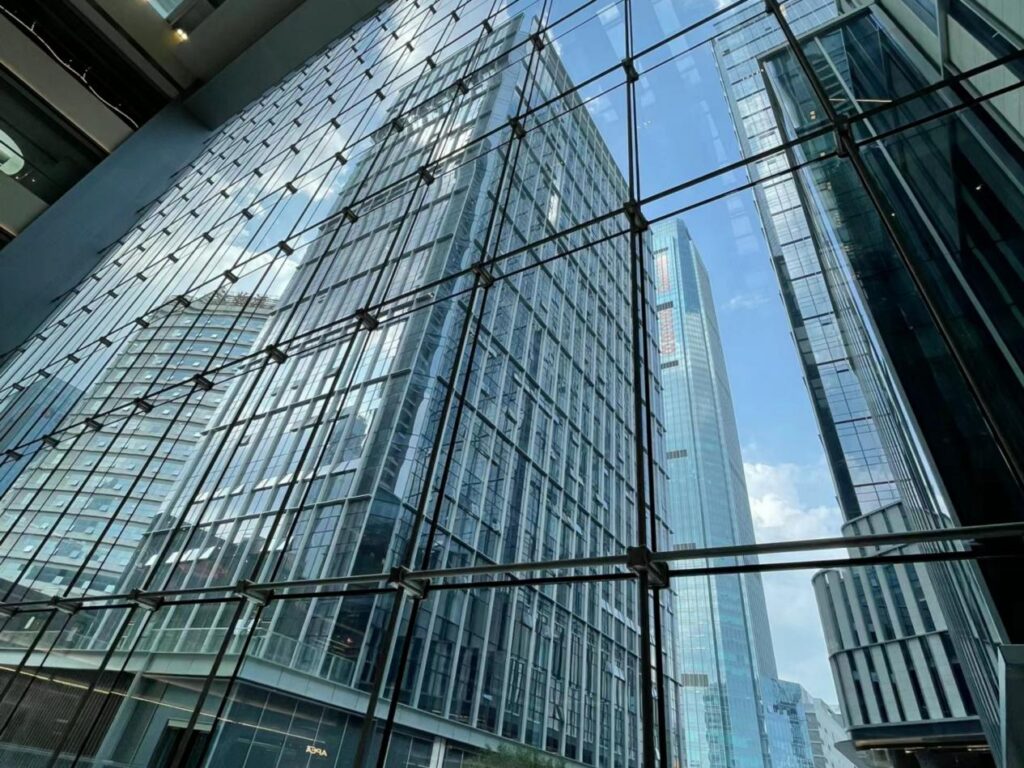
In summary, each of these systems has its own specific advantages and can be chosen based on the architectural style and functional requirements of a project. Whether you’re building a budget-friendly office, an upscale commercial space, or an iconic landmark, Jiulong can select the right glass curtain wall system for your needs, providing a solution that combines both form and function as their adaptability and various advantages ensure that a variety of architectural needs are perfectly met.

